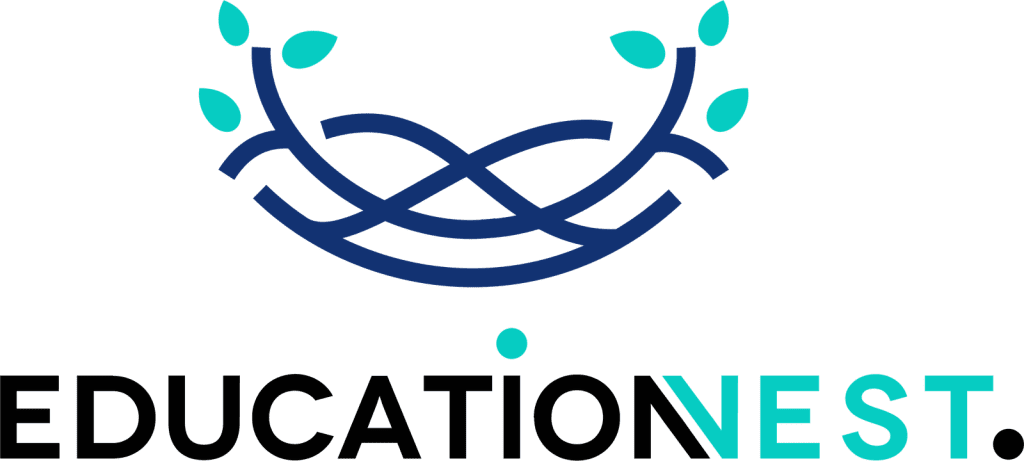Employee development is no longer just a buzzword it’s a necessity for businesses that want to stay competitive and retain top talent. But if you’re new to the concept, it can feel overwhelming. Where do you start? How do you create a strategy that actually works? And most importantly, how do you make sure your employees feel valued and motivated throughout the process?
In this guide, we’ll break down everything you need to know about employee development strategies. We’ll cover the basics, address common pain points, and provide actionable solutions to help you build a plan that benefits both your employees and your organization.
Why Employee Development Matters
Before we dive into the strategies, let’s talk about why employee development is so important.
1. Boosts Employee Retention: Employees are more likely to stay with a company that invests in their growth. According to LinkedIn’s Workplace Learning Report, 94% of employees say they would stay at a company longer if it invested in their career development.
2. Improves Productivity: When employees learn new skills, they become more efficient and confident in their roles.
3. Attracts Top Talent: A strong development program can make your company a magnet for skilled professionals.
4. Drives Innovation: Employees who are constantly learning are more likely to come up with fresh ideas and solutions.
If you’re not prioritizing employee development, you’re not just missing out on these benefits you’re also risking higher turnover, lower morale, and a stagnant workplace culture.
Common Pain Points in Employee Development
Let’s face it—implementing an employee development strategies isn’t always easy. Here are some common challenges businesses face:
1. Lack of Time: Managers and employees often feel they’re too busy to focus on development.
2. Limited Budget: Small businesses, in particular, may struggle to allocate funds for training programs.
3. Unclear Goals: Without clear objectives, development efforts can feel scattered and ineffective.
4. Low Engagement: Employees may not see the value in development opportunities if they’re not tailored to their needs.
5. Measuring Success: It can be hard to track the impact of development programs on performance and ROI.
The good news? These challenges are solvable. Let’s look at how you can create an employee development strategies that works.
Step 1: Identify Your Employees’ Needs
The first step in any successful development strategy is understanding what your employees need. After all, a one-size-fits-all approach rarely works.
How to Identify Needs:
- Conduct Surveys: Ask employees about their career goals, skills they want to develop, and areas where they feel they need improvement.
- Performance Reviews: Use regular reviews to identify gaps in skills or knowledge.
- Observe Work Habits: Pay attention to areas where employees struggle or excel.
By tailoring your strategy to your employees’ needs, you’ll increase engagement and make the process more meaningful.
Step 2: Set Clear Goals
Once you know what your employees need, it’s time to set clear, measurable goals. Without goals, your development efforts will lack direction and focus.
Examples of Development Goals:
- Improve communication skills within the team.
- Train employees on new software or tools.
- Prepare high-potential employees for leadership roles.
Make sure these goals align with your company’s overall objectives. For example, if your business is expanding into new markets, consider offering language or cultural training.
Step 3: Choose the Right Development Methods
There’s no shortage of ways to develop your employees’ skills. The key is to choose methods that fit your goals, budget, and company culture.
Popular Development Methods:
1. On-the-Job Training: Let employees learn by doing. Pair them with mentors or give them stretch assignments that challenge their skills.
2. Workshops and Seminars: Bring in experts to teach specific skills or topics.
3. Online Courses: Platforms like Coursera, Udemy, and LinkedIn Learning offer affordable, flexible options.
4. Coaching and Mentoring: Pair employees with experienced colleagues who can guide them.
5. Job Rotation: Allow employees to work in different roles or departments to gain new perspectives.
Remember, variety is key. Some employees may prefer hands-on learning, while others might thrive in a classroom setting.

Read More
Using Building Efficient Data Pipelines with Hadoop and Spark
9 KPIs to Measure the Success of Your Digital Marketing Campaigns
Step 4: Create a Supportive Environment
Employee development isn’t just about training programs—it’s about creating a culture that supports growth.
How to Build a Supportive Environment:
Encourage Open Communication: Make it easy for employees to share their goals and challenges.
Recognize Achievements: Celebrate milestones, whether it’s completing a course or mastering a new skill.
Provide Resources: Give employees access to books, online tools, and other learning materials.
Lead by Example: Show your commitment to development by participating in training programs yourself.
When employees feel supported, they’re more likely to take ownership of their development.
Step 5: Measure and Adjust
No strategy is perfect from the start. To ensure your development efforts are effective, you need to track progress and make adjustments as needed.
How to Measure Success:
Track Performance Metrics: Look at changes in productivity, quality of work, and employee satisfaction.
Gather Feedback: Ask employees for their thoughts on the development programs.
Monitor Retention Rates: Are employees staying longer? Are they more engaged?
If something isn’t working, don’t be afraid to tweak your approach. The goal is continuous improvement.
Addressing Common Objections
Still on the fence about employee development? Let’s tackle some common objections:
1. We Don’t Have the Budget: Development doesn’t have to be expensive. Free online resources, peer mentoring, and cross-training are all cost-effective options.
2. We’re Too Busy: Development doesn’t have to take hours. Even small, consistent efforts—like weekly check-ins or short training sessions—can make a big difference.
3. What If They Leave After We Train Them?: While there’s always a risk, the bigger risk is not developing your employees and losing them to a competitor who will.
Final Thoughts
Employee development isn’t just a nice-to-have—it’s a must-have for any business that wants to thrive in today’s competitive landscape. By understanding your employees’ needs, setting clear goals, and creating a supportive environment, you can build a strategy that drives growth for both your team and your organization.
Remember, the key to success is consistency. Start small, track your progress, and make adjustments along the way. Over time, you’ll see the benefits in the form of happier, more skilled, and more loyal employees.
So, what are you waiting for? Start building your employee development strategies today and watch your team and your business grow.
